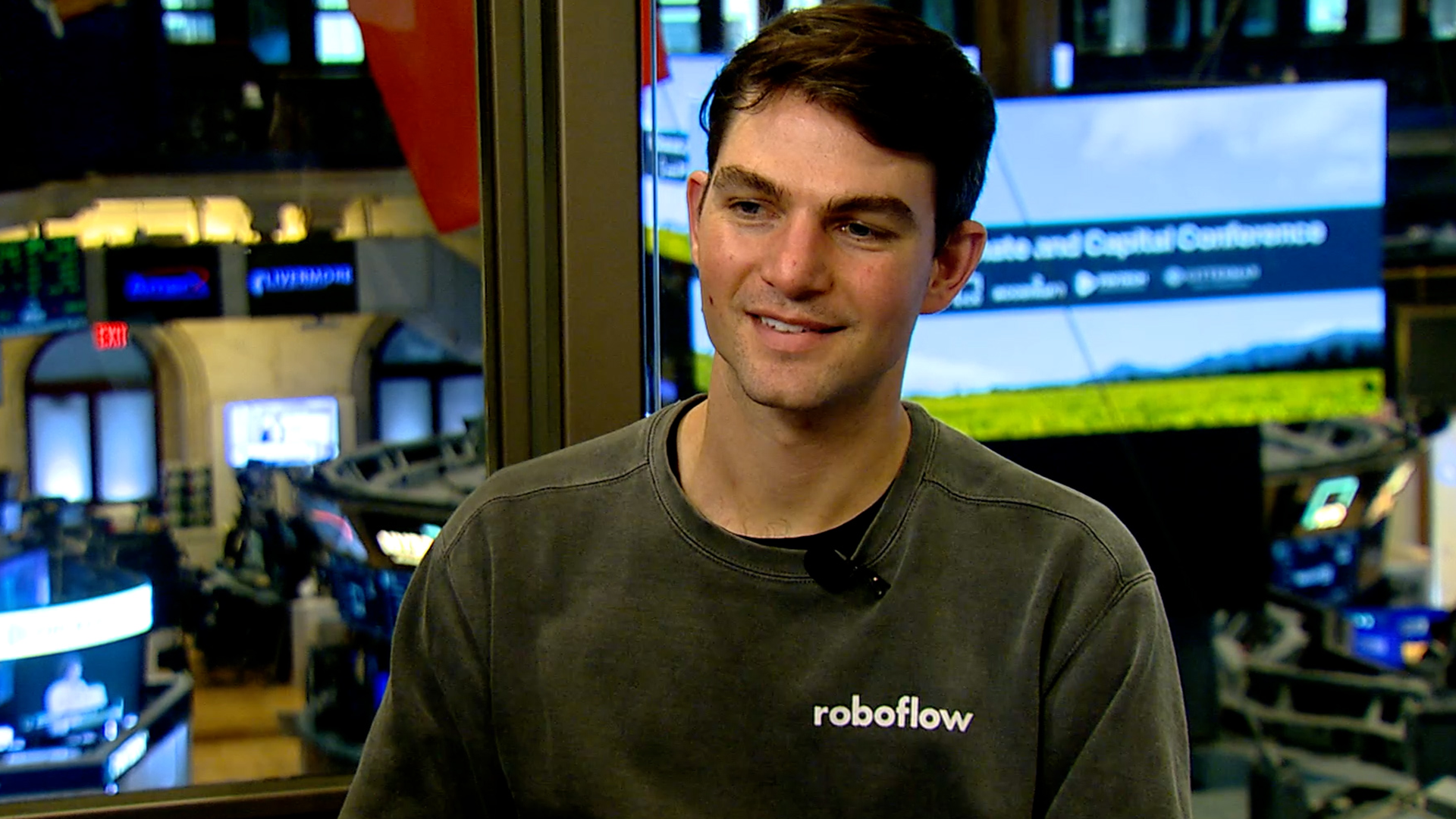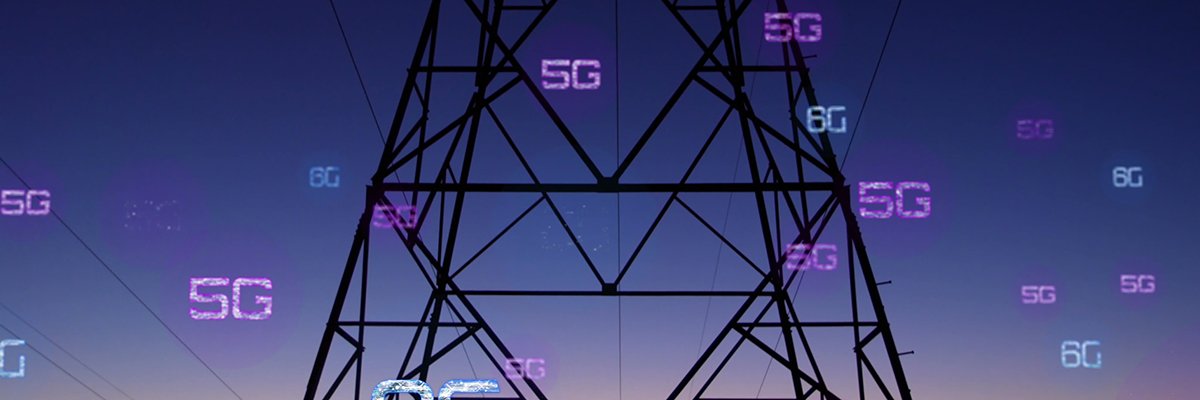By minimizing manual interventions, computer vision models increase accuracy, reduce operational costs and enhance scalability for businesses.
To meet this need, Roboflow Inc.’s computer vision platform is boosting operational efficiency in businesses by leveraging advanced artificial intelligence and machine learning tools to process and analyze visual data effectively, according to Joseph Nelson (pictured), co-founder and chief executive officer of Roboflow.
“Roboflow is focused on computer vision, and the North Star of the company is really to make the world be programmable,” Nelson said. “Basically, every scene and everything can and will be turned into software in our lifetime. Roboflow exists to accelerate that inevitable transition. We build open-source tools, a hosted platform and the community required for companies and developers to train and deploy computer vision models and systems for visual understanding.”
Nelson spoke with theCUBE Research’s John Furrier at the Media Week NYC: theCUBE + NYSE Wired 2024 event, during an exclusive broadcast on theCUBE, News Media’s livestreaming studio. They discussed how Robflow is boosting the art of the possible through computer vision models.
How computer vision models foster creativity
By handling repetitive tasks, computer vision models empower individuals and organizations to focus on innovation and storytelling, fostering unprecedented levels of creativity. As a result, Roboflow takes problem solving to the next level through this cutting-edge technology, Nelson pointed out.
“We have customers that’ll take drones and they’ll fly them over top of fields to identify where there’s weeds and where there’s meant to be their crop of interest,” he said. “Instead of spraying pesticides or herbicides for the weeds, they can send out targeted crews to go remove those weeds at that point in time, Or folks that are doing bridge repairs or analyzing transformers and power lines, knowing what stuff is presently in use.”
Computer vision gives rise to an entire new explosion of the art of the possibility. As a result, this technology transforms numerous industries by enabling machines to interpret and understand the visual world as a multimodal future gets underway, according to Nelson.
“Over half a million developers build with Roboflow, and that includes over 50 of the Fortune 100,” he said. “All those use cases stem from someone that sees something, generally in the real world, and they want to be able to take action on what’s being seen. For example, you have electric vehicle producing companies who are trying to ramp their production very quickly. They need to ensure that every vehicle they produce is done correctly. To do that requires a lot of visual validation. You have use cases in logistics and shipping, a lot of major shipping centers, ports, intermodal yards are largely in the dark.”
Here’s the complete video interview, part of News’s and theCUBE Research’s coverage of the Media Week NYC: theCUBE + NYSE Wired 2024 event:
Photo: News
Your vote of support is important to us and it helps us keep the content FREE.
One click below supports our mission to provide free, deep, and relevant content.
Join our community on YouTube
Join the community that includes more than 15,000 #CubeAlumni experts, including Amazon.com CEO Andy Jassy, Dell Technologies founder and CEO Michael Dell, Intel CEO Pat Gelsinger, and many more luminaries and experts.
THANK YOU








